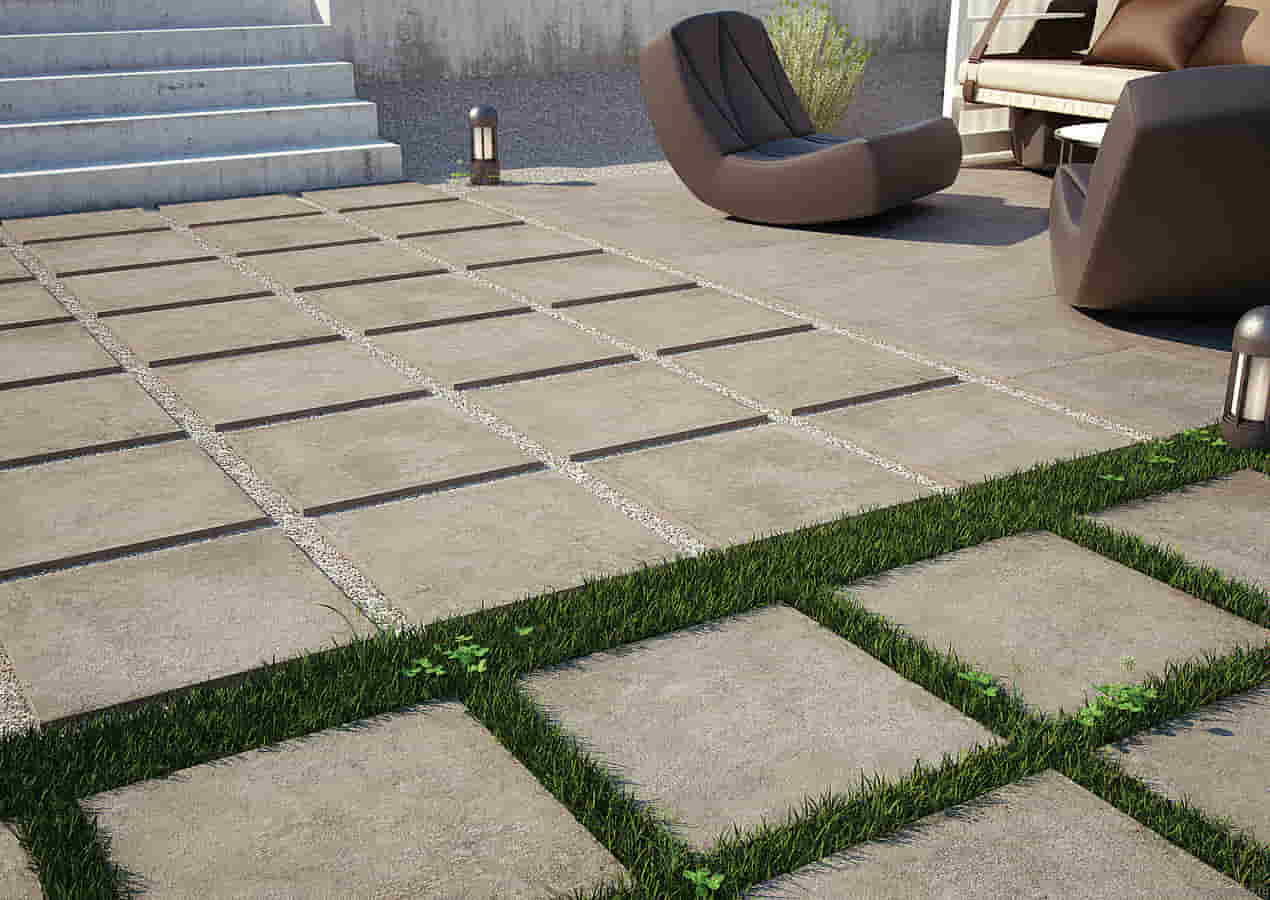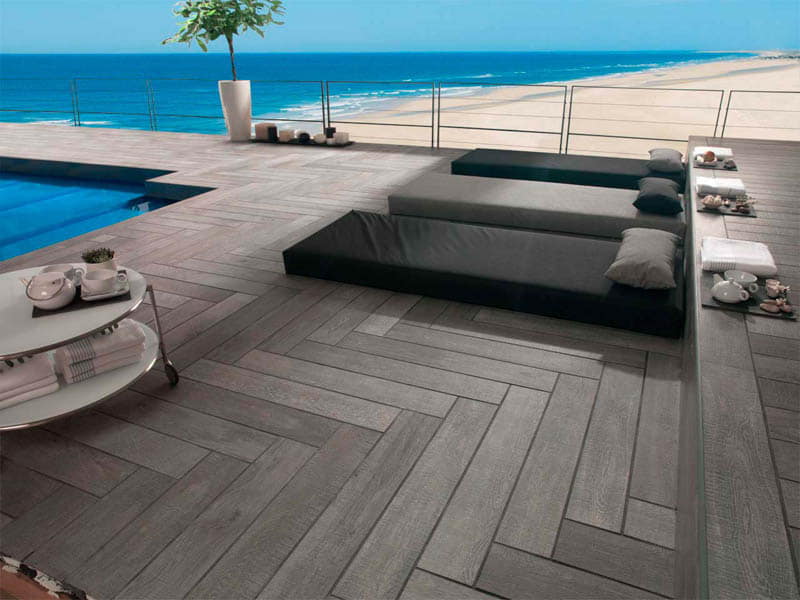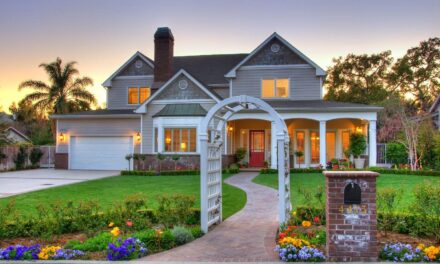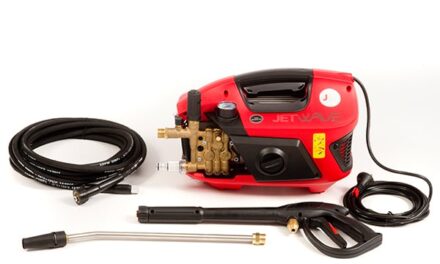When decorating your home, there are many choices of materials to choose from when it comes to the floor. You might want to choose a type of wood decking, natural stone, rubber tile, or brick. There are many different advantages to each of these materials, so take your time and do your homework before you make a final decision. You’ll be happy you took the time to read this article! After all, you’ll be able to make a good choice.
Different Types Of Outdoor Flooring
If you are planning to install an outdoor flooring in your home or garden, you should consider investing in a durable outdoor floor tile. Also, you should choose a flooring that can withstand the heat and abrasion from the water. Read on to learn more about some types of outdoor flooring.
1. Natural stone
If you want to use a natural stone surface on your outdoor flooring, consider a few different types of stone. Cut stone, such as marble, slate, or granite, has a more formal appearance and is ideal for colder climates. This type of stone is slippery, so be sure to use a sealant before stepping onto the patio or deck. Natural stone is also susceptible to water damage and can stain, chip, or scratch.

2. Wood decking
Pressure-treated wood is the most common choice for decking, it’s also the least expensive option. This material is easy to cut and fasten, making it ideal for the do-it-yourselfer. It’s also less dimensionally stable than other decking materials, making it prone to warping, cracking, and splitting. It also has a lower resistance to insects, so it’s not the best choice for outdoor spaces where there’s a lot of moisture.
3. Rubber tile
A great outdoor flooring option is rubber tile. There are many functional benefits to this type of flooring. This material can withstand the elements while providing a beautiful, seamless finish. The durability and ease of installation make it a popular choice for a variety of outdoor flooring projects. In addition, it can double as a temporary recycled rubber surfacing solution. The modular design makes it an excellent option for temporary outdoor flooring projects such as a yoga mat or quick play surface in a park. And, if a piece of rubber outdoor flooring becomes damaged, replacement tiles are easy to install and replace. This means a fresh look for any rubber outdoor flooring project!

4. Brick
When it comes to outdoor flooring options, brick is an excellent choice. With its warm, traditional look, this material will complement any style and environment. This flooring is also extremely durable, lasting for decades if properly maintained. Compared to other materials, brick is also resistant to singeing and water damage. Brick is a great choice for outdoor kitchens, but be sure to protect it from water damage by applying a sealant before laying it.
5. Grass tiles
The most popular type of grass flooring for outdoor areas is made of a finely textured, grass-like material that resists stains and water damage. These tiles are 0.34 inches thick and are easily installed over concrete or flat surfaces. They have a unique interlocking system that makes assembling them a breeze. One drawback of grass tiles is that they aren’t comfortable, as the plastic underside can cause pressure marks on the wood. However, these tiles feature an open drainage system that prevents slips and is easy to clean.
6. Composite planks
If you’re thinking about using composite planks as outdoor flooring, consider the benefits and disadvantages of this material. For one, the non-porous surface doesn’t adhere well to stains and paint, so be sure to choose your design wisely. However, if you’re not worried about the aesthetics of your floor, this type of flooring is still an excellent choice. It looks good and will last for years.

7. Exotic hardwoods
If you’re looking for a low-maintenance option for your deck, patio, or outdoor areas, consider exotic hardwoods. These exotic hardwoods can be a unique, luxurious flooring choice that will complement any home decor. While exotic hardwoods cost more upfront, they’ll pay off in the long run. These types of wood are available in many different species, each with its own advantages and disadvantages.
Conclusion
When considering the right outdoor flooring, you need to think about which flooring you want to install it. These are some types of outdoor flooring. They are available in a variety of unique styles, shapes, and colors. So, choose the one which is best for your outdoor floor. We make sure this information will helpful for you to select the right material for your outdoor area.






